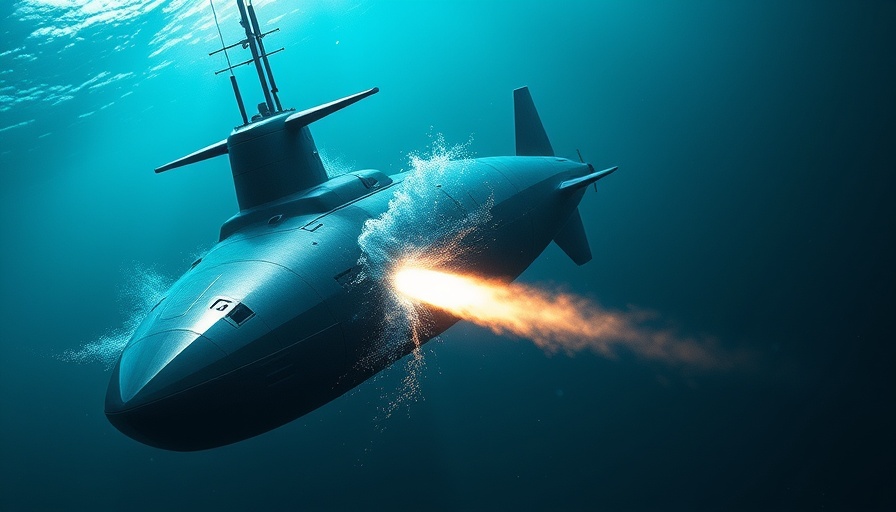
UK Navy's Vision: The Role of Unmanned Systems
The UK Navy is entering a transformative phase as it embarks on a major rebuild of its fleet, with a clear focus on integrating unmanned systems into its operations. This strategic pivot is driven by advancements in technology that promise to enhance naval capabilities while potentially lowering operational costs.
Historical Context: The Evolution of Naval Warfare
For centuries, naval warfare has been shaped by technological advancements, from the introduction of steam power to the development of nuclear submarines. In recent years, the rise of unmanned systems, such as drones and autonomous vessels, has introduced a new paradigm in military engagements. The UK Navy's commitment to prioritize these technologies signals a significant shift in its operational strategy, akin to past evolutions.
The Strategic Benefits of Unmanned Systems
Unmanned systems offer numerous strategic advantages, including enhanced surveillance capabilities, reduced risk to personnel, and the ability to perform missions in environments that are too hazardous for manned vessels. According to naval experts, integrating these systems can lead to improved decision-making and operational efficiency. Drones and autonomous ships can collect real-time intelligence and conduct reconnaissance missions, positioning the UK Navy as a modern, agile force on the global stage.
Counterarguments: Challenges of Unmanned Integration
While the integration of unmanned systems presents exciting opportunities, it also raises important challenges. Critics argue that reliance on autonomous technologies may lead to vulnerabilities, particularly concerning cybersecurity and the potential for technical failures. Additionally, there are concerns about the ethical implications of using unmanned vehicles in warfare, including accountability during conflicts.
Future Predictions: The Next Generation of Naval Warfare
Looking ahead, the role of unmanned systems in naval warfare is likely to grow. With advancements in artificial intelligence and machine learning, future unmanned vessels will be capable of sophisticated autonomous decision-making, drastically changing maritime operations. As other naval forces around the world adopt similar technologies, competition for dominance in unmanned capabilities will become fierce.
Practical Insights: What This Means for Naval Personnel
For current naval personnel, the shift toward unmanned systems means adaptation and re-skilling. There will be a growing demand for expertise in technology management and cyber operations, ensuring that crew members can effectively integrate these systems into traditional naval practices. Training programs will need to evolve to meet these demands, fostering an environment that encourages innovation and technological fluency.
Conclusion: A New Era for the UK Navy
The UK Navy's commitment to rebuilding its fleet around unmanned systems is more than a trend; it’s a strategic response to the evolving landscape of warfare. As they lead the charge into this new era, it will be vital for the Navy to address the challenges associated with high-tech integration while maximizing the benefits that come with it. The success of this initiative could redefine naval engagement for years to come.
 Add Row
Add Row  Add
Add 




Write A Comment